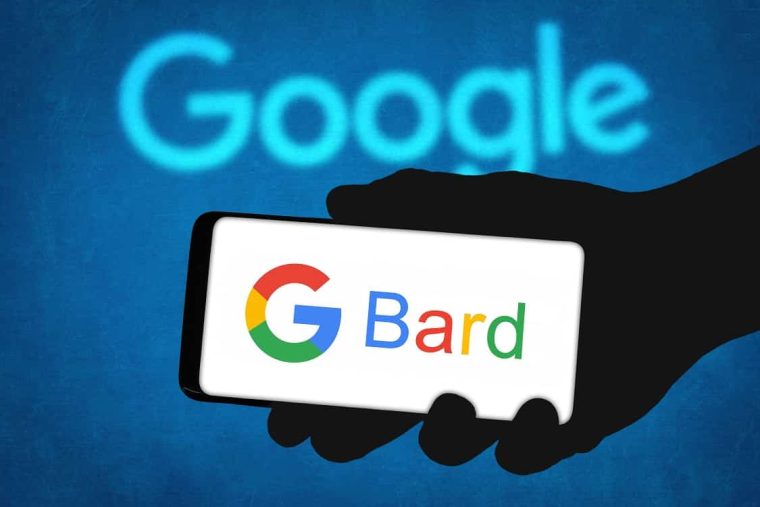
Google’s AI-powered chatbot Bard is learning to code and perform math tasks through a technique called “implicit code execution.”
In a Wednesday blog post, the tech giant revealed that the technique helps Bard detect computational prompts and run code in the background.
“As a result, it can respond more accurately to mathematical tasks, coding questions and string manipulation prompts,” Google added.
Large language models (LLMs) like Bard are essentially prediction engines that generate a response by anticipating words likely to come next in a sentence.
While they excel at writing emails and essays, they can make errors when producing code.
Code-generating models, such as GitHub’s Copilot and Amazon’s CodeWhisperer, were trained and fine-tuned mostly on code samples, making them equipped for coding jobs.
However, general-purpose LLMs need a technique like implicit code execution to better write and execute their own code.
The technique allows Bard to write, test, and execute code under the hood, leading to a 30% improvement in response to “computation-based” problems.
Writing code in the AI era is much easier.
I tried Google’s Bard with a few different prompts, and it worked great (any developer should check): pic.twitter.com/gTibJ7hZhS
— Pratham (@Prathkum) June 3, 2023
Yet, Bard won’t always get it right, Google noted, adding:
“For example, Bard might not generate code to help the prompt response, the code it generates might be wrong or Bard may not include the executed code in its response.”
Google Aims to Improve Bard After its Rocky Start
When Google launched Bard earlier this year, it was labeled a ‘disaster’ due to numerous issues during rollout.
For one, in its very first demo, the chatbot wrongly said James Webb Space Telescope took the first pictures of a planet outside of our own solar system.
Google is attempting to address concerns by enhancing Bard with implicit code generation, new language support, and other features like multimodal queries and image generation.
In its latest release, Google has worked specifically on Bard’s abilities involving math and coding.
While the bot may still make mistakes, it is anticipated that its accuracy in resolving coding-related issues would substantially improve.
Notably, Google has also added a new export action to Bard, allowing users to export responses that include a table to Google Sheets.
Who enjoys creating sample data for tests or experimentation? Not this guy.@google Bard makes it fairly easy to generate tables of random data (pic 1).
And switch the data to another locality (e.g. Spanish, pic 2).
And now export to Google Sheets for playtime. (pic 3). pic.twitter.com/ilwZfIFpgD
— Richard Seroter (@rseroter) June 7, 2023
Google Releases Bard to Users in 180 Countries
Last month, Google announced that Bard is now available in English in 180 countries and territories.
Furthermore, the tech giant revealed that Bard will be built atop Google’s newest Large Language Model, PaLM 2, making it more capable than previous models.
Meanwhile, the company is also looking to ally with other industry leaders to further augment Bard’s abilities.
For one, Google has partnered with Adobe to bring its Firefly generative AI to Bard as a means to counter Microsoft’s BingChat-DallE2 offering.
In a recent update earlier this month, Google also added support for precise location, claiming that Bard now uses “location from your Google Account’s Home and Work addresses and your IP address” to get “more relevant responses.”